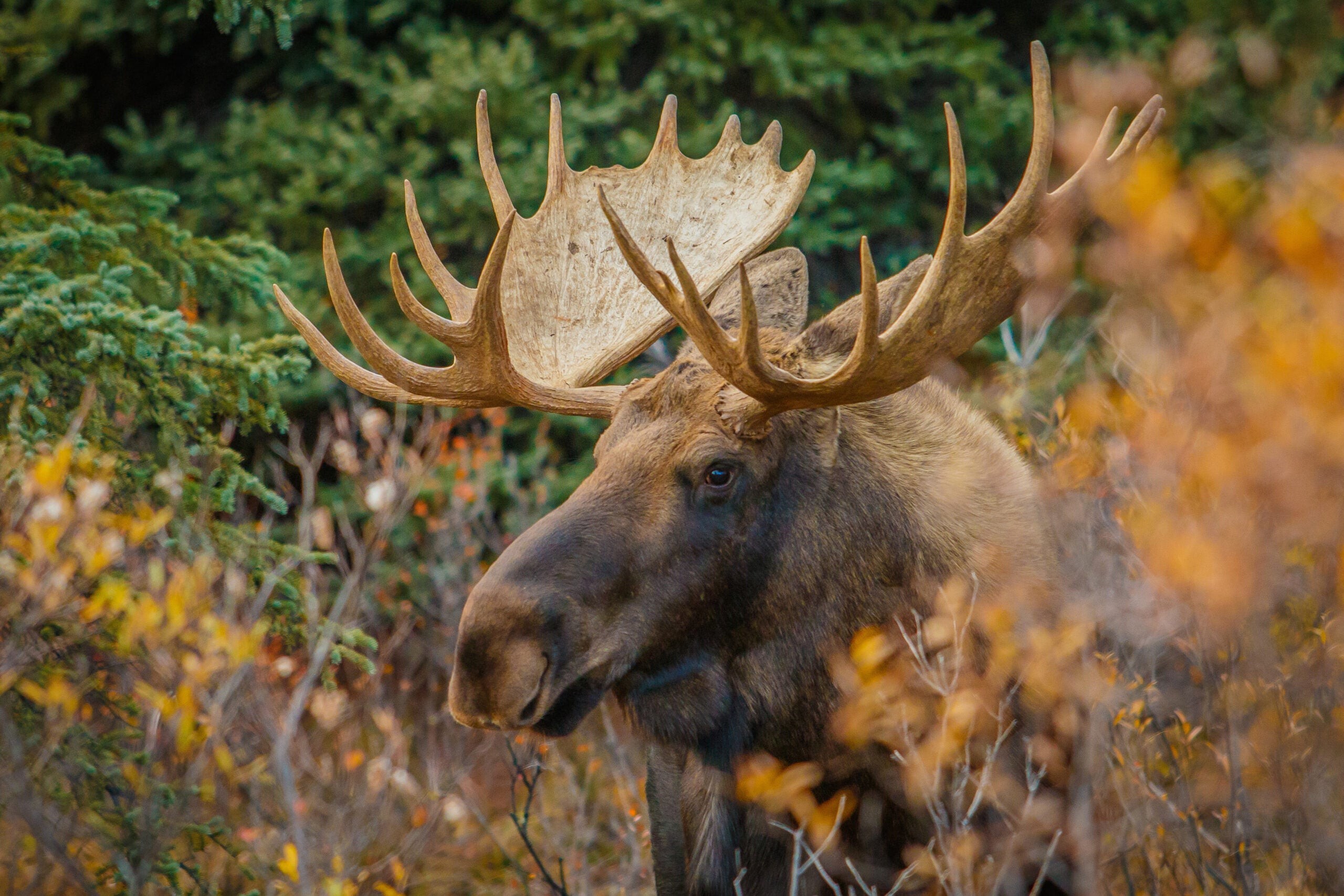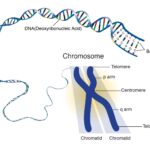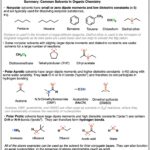Moose are majestic creatures, but just how big are they compared to us? Imagine standing next to an animal as tall as your front door! A bull Alaska moose can reach that height, towering over the average human. This article delves into the impressive size of a moose, comparing it to a human and other animals, and exploring fascinating facts about these giants of the deer family.
Moose Size Variations: From Shiras to Alaskan Giants
North America is home to four moose subspecies: Alaska, Northwestern, Eastern, and Shiras. While all moose are imposing, the Alaska moose (also known as the Yukon moose in Canada) reigns supreme. Bulls can weigh up to 1,600 pounds and stand nearly 7 feet tall at the shoulder, making them significantly larger than a human. Even the smallest subspecies, the Shiras moose, can weigh up to 1,200 pounds and stand 6 feet tall, still dwarfing most humans.
An Alaska bull moose in Denali National Park demonstrates their immense size.
The Northwestern moose, the second largest, inhabits western Canada and parts of the northern United States. Eastern moose are found in the northeastern US and eastern Canada. Each subspecies exhibits slight variations in size and antler characteristics, but all share the distinction of being significantly larger than humans.
Moose vs. Other Animals: A Size Comparison
Moose aren’t just big compared to humans; they outsize many other animals. While an African elephant dwarfs a moose, a moose can hold its own against a bison in terms of weight. Even elk, impressive in their own right, are considerably smaller than a moose. A bull elk is roughly the size of a female Alaska moose.
A Northwestern moose, highlighting the significant size difference even among moose subspecies.
Surprisingly, a Shiras moose is comparable in weight to an average quarter horse. This puts into perspective the sheer mass of these animals.
Moose vs. Human: A Stark Contrast
The average adult male moose stands a foot taller than the average human. In terms of weight, a large bull moose can outweigh a human by over 1,000 pounds. To visualize the difference, a newborn moose calf weighs about the same as a 3-year-old child, around 28 pounds. However, a moose calf grows at an astounding rate, gaining several pounds a day compared to a human child’s average of 5 pounds per year.
A moose footprint compared to a human foot illustrates the dramatic size difference.
Even a moose’s massive antlers can span wider than a human is tall. The record for the largest antler spread belongs to an Alaska moose, measuring over six feet wide.
Five Fascinating Moose Facts
Beyond their size, moose possess other remarkable qualities:
-
Rapid Antler Growth: Moose antlers are among the fastest-growing animal tissues, adding up to a pound per day.
-
More Dangerous Than Bears: Moose injure more people in Alaska than bears do annually, highlighting their unpredictable nature.
-
Largest Deer Species: Moose hold the title of the world’s largest deer species.
-
Speedy Calves: A five-day-old moose calf can outrun a human, reaching speeds exceeding 8 mph.
A cow moose with her calf, demonstrating the rapid growth and impressive speed of young moose.
- Poor Eyesight, Keen Senses: While moose have poor eyesight, their exceptional sense of smell and hearing compensates.
From their imposing size to their surprising speed and sensory abilities, moose are truly remarkable creatures. Comparing a moose to a human underscores the sheer scale of these animals, highlighting their unique place in the natural world.


